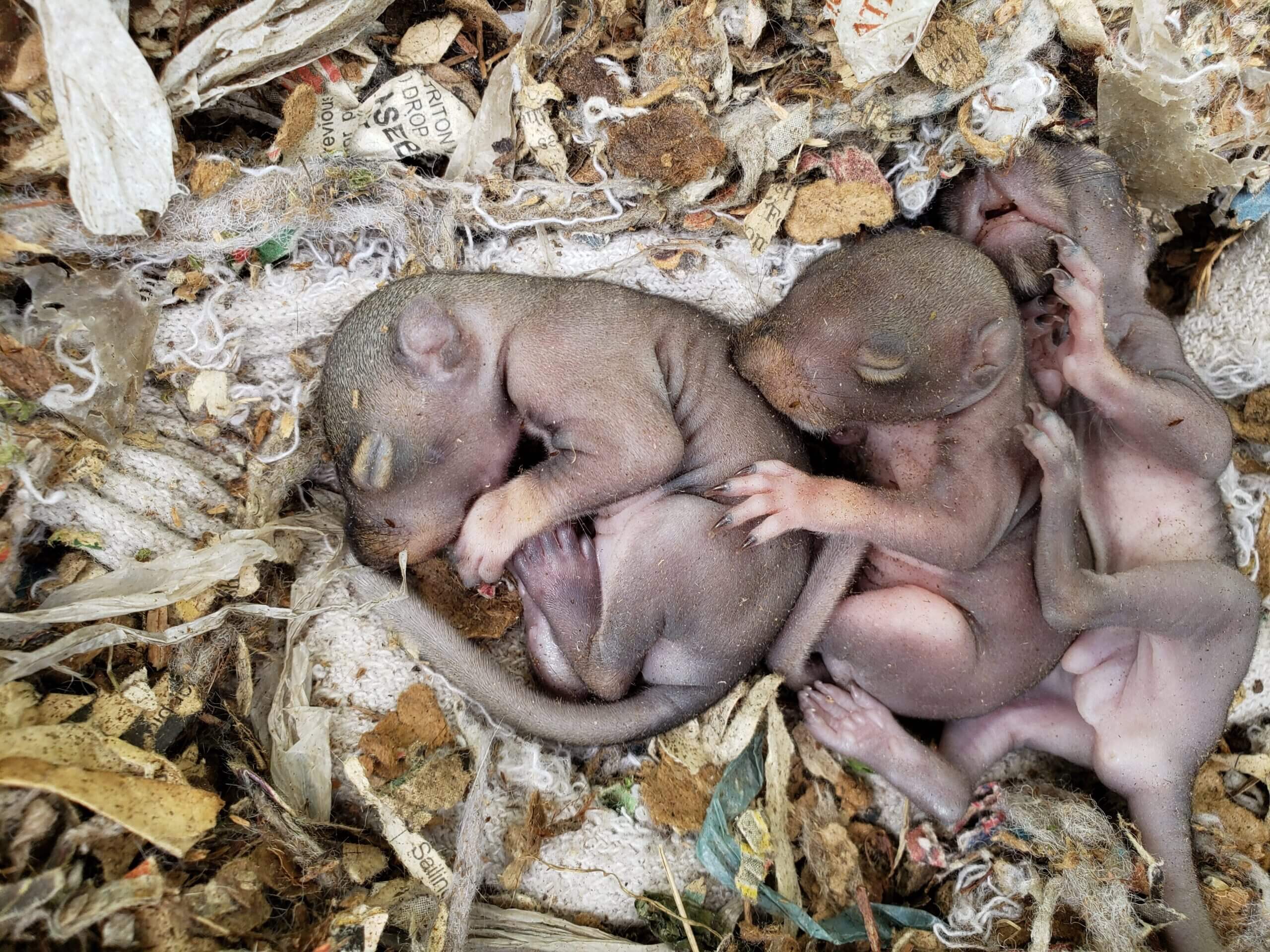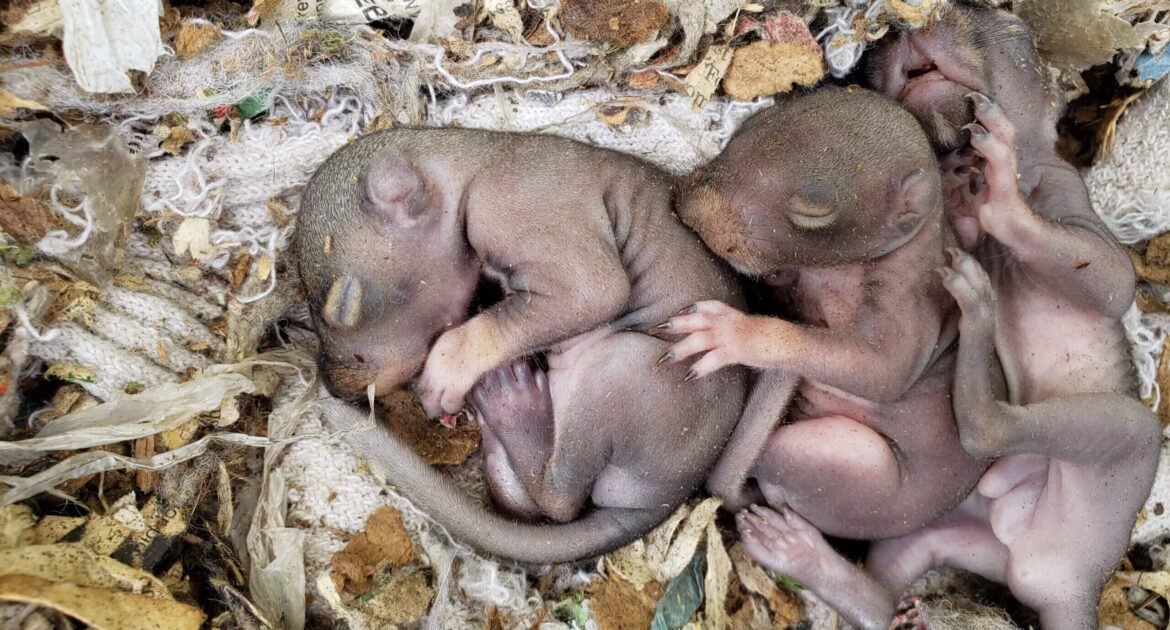Most people love wildlife. The singing birds, ribbiting frogs bring a sense of atmosphere to the landscape. But no other wild animal is as fun or exhilarating to watch than the friendly neighborhood squirrel; that is, until they find a way into your attic space, leaving you no other option but to call squirrel removal in Ajax.
While most people assume that the exuberant games of tag and chase that they see playing out in their front yards is just a squirrel’s equivalent to recess, it is actually a mating ritual. Squirrels are fascinating creatures, and their mating and reproductive habits are worth knowing to any proud homeowner wanting to avoid removal expense.
Mating Rituals
Female squirrels, age one and older, are the instigators of the mating ritual. As the winter transitions to the spring, you may begin to hear chirping or barking noises coming from your yard. While it is easy to mistake these sounds as defensive, it is often the female calling to the males.
In addition to their chirping, females emit a pheromone. The scent lets close male squirrels know that the female is fertile and ready to mate. Interested males will chase the female for the chance to mate, but they may face competition from older, larger males in the area.
The male that wins the race will quickly mate with the female, ejaculating a waxy plug into her vagina and blocking other squirrels’ sperm from impregnating her. However, a female can produce a litter from multiple fathers if the plug fails.
Gestational Period
The gestational period of a squirrel is only a month to a month and a half, typically not longer than 45 days, depending on the species. During pregnancy, a female does not rest. Instead, she still needs to find food to store away for the future and increase her consumption to provide enough nutrients for herself and her babies. The increase in food is essential to ensure that she can nurse her babies after birth.
The male squirrel does not help the female. Squirrels, in general, are not communal animals. While they play and interact with each other, they typically fend for themselves, especially the males.
Litter Size and Care
Depending on the species, a squirrel can have as many as 15 babies, but on average, most females will have litters of 3 or 4 babies at a time. Some squirrels will produce two litters per year, but a first-time mother will typically only have one litter.
During the first four to six weeks of their lives, baby squirrels are helpless. The mother will groom and nurse her babies every three to four hours, keeping them warm until she needs to gather food. A mother will not leave her babies if she senses danger, but she will often have a second nest if a move is necessary.
Nesting Sites
Depending on the species, a squirrel’s nest is either high or low. Many squirrels build their nests in the trees, but other species will dig holes in the ground. The animal wants to find the safest place away from predators, which unfortunately can be your home’s crawl space or attic.
Removal and Prevention
To prevent squirrels from nesting in your house, you need to cover any obvious entry points. It is also an excellent idea to trim trees or shrubs away from your home. Try to keep a three-foot-wide space around your house.
If you are worried that a squirrel is in your house or building a nest too close to your property, contact an expert in squirrel removal in Ajax for a property assessment. You can contact Skedaddle Humane Wildlife Control for more information or humane assistance.




